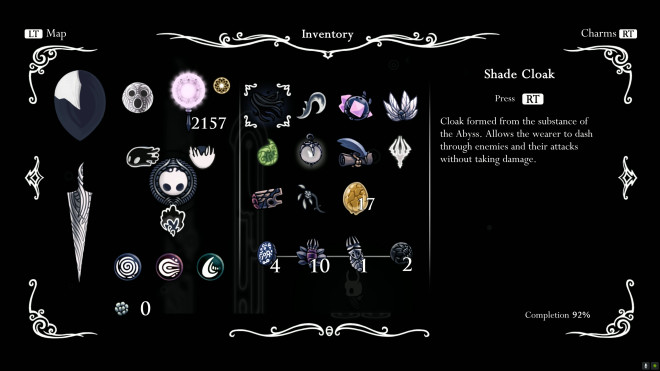



Because of this, every discovery is made naturally and grants a sense of accomplishment that drives players to go deeper and find more secrets. The exploration that the game so heavily focuses on is executed masterfully and works surprisingly well despite a lack of direction or indicator stating where to go. Its combat is skill-based and satisfying to master with boss fights that can be incredibly challenging. Several aspects make Hollow Knight extremely appealing. RELATED: In an Age of Triple-A Flops, Devolver Digital Turns Out Affordable Gems Along the way, there are multitudes of enemy types and unique bosses to encounter, with each major boss granting players a new tool to reach new locations. With no guidance except a call to descend, players explore the depths of the underground and discover new locations, as well as the truth behind what happened to those below. That title was Hollow Knight.Īn exploration based Metroidvania, the game puts players in control of the Knight, a small bug who arrives at the ruins of a once-great civilization. One title set itself apart among these newcomers to garner critical acclaim and its own following in the indie scene. Soon, games like Undertale and Shovel Knight would see universal adoration and cement themselves as iconic franchises with recognizable characters across the internet. With immense creativity, replayability and marketability that rivaled even the largest Triple-A titles, the public perception of what indie titles could be and accomplish grew exponentially. Ever since the arrival of beloved titles like Super Meat Boy and Minecraft, the sphere of indie games changed forever.


 0 kommentar(er)
0 kommentar(er)
